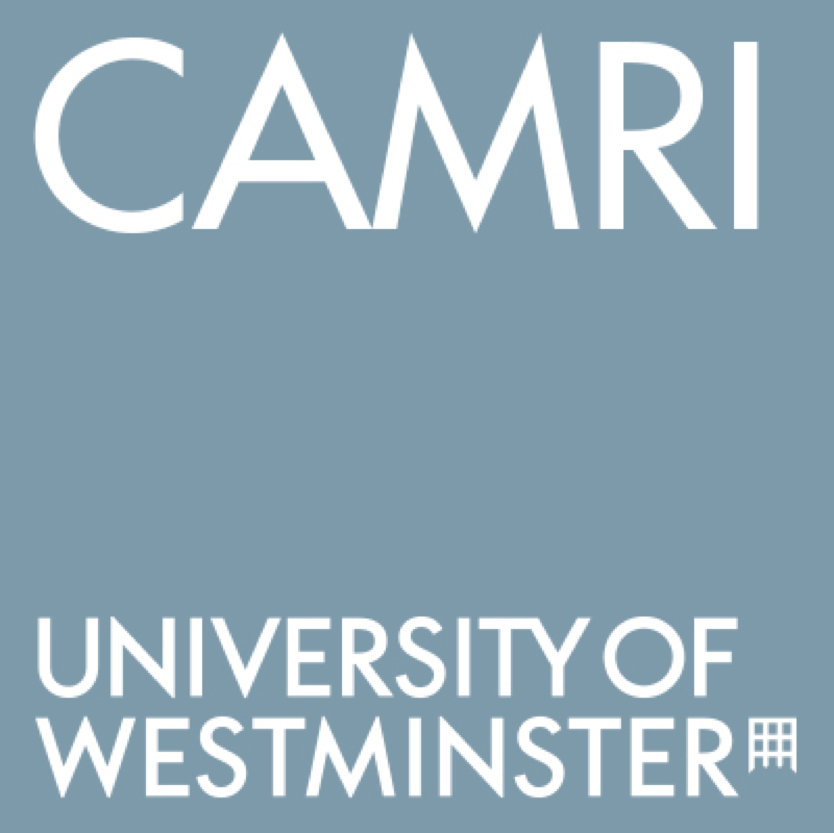By Diana Garrisi and Jacob Johanssen
More Internet regulation, media literacy, sexual education and peer support were among the solutions that were suggested to tackle body shaming online at the UK Parliament’s annual Youth Select Committee. The first evidence session was held on the 7th of July.
The Youth Select Committee, which includes eleven members aged 13-18, heard academics, civil society groups, social media users and companies on ‘Body Image’ and its impact on mental health. The Committee launched an inquiry into ‘Body Image’ after one million young people indicated it as one of the top ten concerns in the UK Youth Parliament’s ‘Make your Mark’ ballot in 2016. Specific points arising from the discussion were awareness, education, services provided, social media and the stigma around body image.
Thomas Copeland, 18, Chair of the Youth Select Committee, told CAMRI that social media is one of the key areas they are looking at since studies have demonstrated that the images with which young people are being bombarded online are having an effect on their body image, body satisfaction and body confidence and, therefore, their mental health. Copeland also said: “Something we particularly want to look into is the issue of regulation around social media users and social media providers.”
According to the survey #StatusOfMind by the Royal Society for Public Health, it was body image that pushed Instagram to be being rated the most negative platform for the mental health of young people. Shirley Cramer, CEO of the Royal Society for Public Health, told the commission that certain actions may pertain to body image-related issues: image-based activities such as uploading and sharing or looking at images as well as seeking validation and feedback from others on social media. The media platform that was rated best was YouTube, for being more positive and informative, according to the survey. Cramer suggested that social media platforms should highlight when photos of people have been manipulated.
Professor of Contemporary Psychoanalysis and Developmental Science at UCL, Peter Fonagy maintains that problems connected with social media are also linked to a decline in parents’ participation in young people’s lives. Fonagy said: “Lack of adult involvement means young people are much more vulnerable to social influence. It is something we can do something about: encourage parents to be more involved in the life of young people.”
Evidence of the relation between body image and social media was also given by social media users, who advocated more regulation but also highlighted the possibilities of self-expression for a heterogeneous demographic offered by the Internet.
Body positivity campaigners recognise in Instagram an effective tool for promoting bodily differences. Bethany Rutter, creator of the ‘fatshion’ blog Arched Eyebrow, sees social media as a way to fill the gap left by mainstream media. Lifestyle blogger Stephanie Yeboah has echoed Rutter, saying that the main problem around body images is the lack of diversity in the media representation of body types. She hopes that things will change and that she will be in a position to say: “I am plus-size, I am black, I am going to be represented therefore I feel like I matter.”
For Harnaam Kaur, who in 2016 became the first female model with a beard to walk the runway at London fashion week, Instagram represents a crucial tool to promote diversity. She said: “That is why Instagram is so important for me, to do photo shoots and show people it is ok to look different.
“I do also feel that companies need to open up their doors to people who do look different and actually stop photo-shopping images.”
The second evidence session will be held on 14th July. Drawing on the findings from these sessions, the Youth Select Committee will prepare a report which will be forwarded to the Government for comment.
Image: BYC












